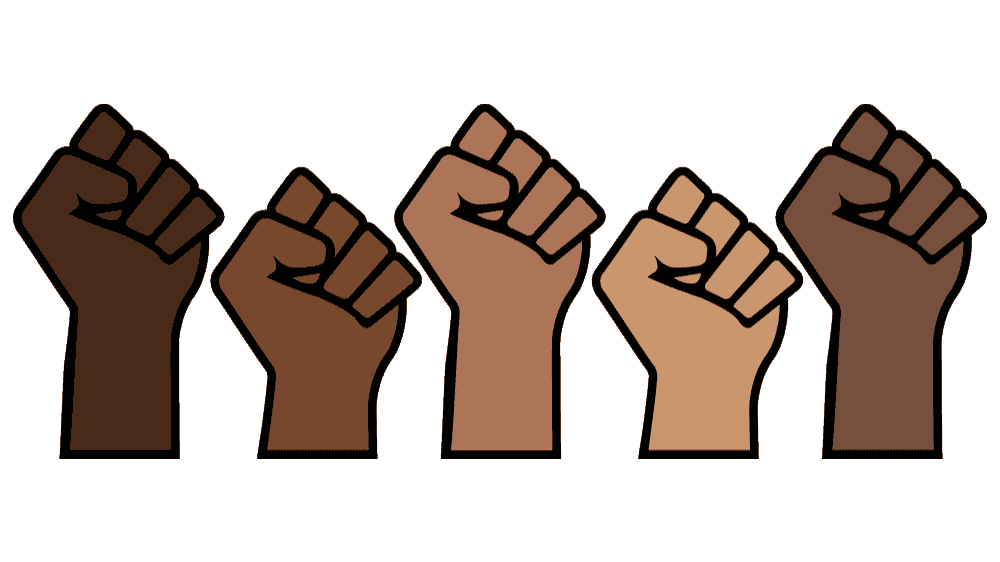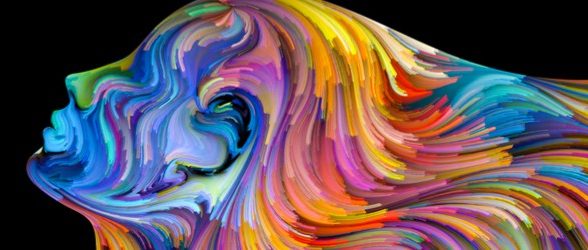The Power of Black Disabled Representation During Black History Month
Each February, the United States celebrates Black History Month. It is a month that brings about many different emotions for me, ranging from excitement and pride to pain, grief, and frustration. It’s a time when school systems read books by African American authors, create special projects, and learn about the history, accomplishments, and adversities of African Americans such as Martin Luther King and Harriet Tubman. Organizations like Google add a link or section on their homepage about “Celebrating Black History Month,” highlighting moments of excellence, sharing educational resources, and spotlighting makers, pioneers, and leaders. Panels, discussions, and community activities such as screenings of Black films are scheduled. Invitations are sent to Black speakers, such as creators, writers, and professors, to fill events for each day of the month, curating a whole lineup for allies and BIPOC to honor the month.
As a person who has struggled since my youth in navigating my experiences of being Black and having multiple disabilities, it was hard for me to see authentic representations of myself during the events of Black History Month that didn’t also portray the intersections of racism, ableism, discrimination, and violence toward African Americans with disabilities. I heard messages that Black History Month was for us, but based on my experiences, it didn’t feel like it.
These experiences included being in classrooms with teachers who would read the same stories every February and give the wrong facts; racism and ableism in my community; and not being given space to participate or contribute in the way that I desired because of accessibility or other aspects of my identity including my multiple disabilities, being biracial, being transgender, and my sexuality. Often, I would find myself celebrating my Blackness and my Black heritage by myself and creating art that expressed the combination of joy, inner confliction and other feelings I had.
Leading into Black History Month 2021, I’ve found within myself the excitement of the historical election and inauguration of Kamala Harris, the first Black and South Asian female Vice President, mixed with the pain and emotions o of racism, police brutality, marginalization, violence, and other disparities that filled 2020 and continue today.
Both history and experience remind me of the power of representation and storytelling for individuals and communities. There is so much potential for connection, healing, and empowerment when the authenticity of the Black identity is represented, expressing Black joy, excellence, creativity, community, and history. I feel this connection, healing, and empowerment at my core, but with pieces of me missing. So, I always am searching for representations of Black joy, excellence, creativity, community, and history that are inclusive of intersecting identities such as sexuality, culture, disabilities, and gender identity.
The lack of whole representation of the intersections of my gender identity and disabilities as a Black and biracial person has been a source of exclusion, stigma, and isolation for me. This was especially true until I started going deeper and found that intersectionality is a part of more stories of Black history than I realized. It is embedded not only within the stigmas and maltreatment that I am already familiar with, but also embedded within successes, advancements, advocacy, creativity, and everyday life in ways that I was unfamiliar with.
I think about what it means to me, what it meant to others in my family, and what it will mean to my daughter as she grows up to see ourselves/herself in different ways. I think about the work of icons, innovators, and leaders: Diana Elizabeth Jordan, Daymond John, Stevie Wonder, Muhammad Ali, Andre Shelby, Missy Elliot, Bonnie St. John, Oprah, Tyler Perry, Haben Girma, Solange Knowles, Maya Angelou, Cicely Tyson, Forest Whitaker, Denzel Washington, Viola Davis, Zendaya, Amanda Gorman, and the late John Lewis, Martin Luther King, Malcolm X, Harriet Tubman, and Thomas Wiggins. I think about so many more Black lives across generations, with and without disabilities, whose stories are known and unknown.
Experiences of being Black, biracial, and having both visible and invisible disabilities are an integral part of Black history. Yet identities like disability are often left out of the dominant narrative during Black History Month and beyond. It’s important to see authentic representations of ourselves across all the different intersections that make up one’s identity, separately and as a whole. This holistic representation would have made a difference to me as a kid growing up, helping me to connect and see the value in myself. It would have helped me see that neither my Blackness nor my disabilities make me any less, that I have potential and talent, and that there is a future for me.
Representation matters in fighting stigma and increasing inclusivity and equity. Representation allows all people across the African diaspora within all their intersecting identities to have their experiences valued. We should all be represented in celebrations, stories, histories, dreams, and visions every day of the year.
About Rooted In Rights
Rooted in Rights exists to amplify the perspectives of the disability community. Blog posts and storyteller videos that we publish and content we re-share on social media do not necessarily reflect the opinions or values of Rooted in Rights nor indicate an endorsement of a program or service by Rooted in Rights. We respect and aim to reflect the diversity of opinions and experiences of the disability community. Rooted in Rights seeks to highlight discussions, not direct them. Learn more about Rooted In Rights




What a powerful story.
In March of this year, 2021, will mark five years that I have been working for/with Vocational Services Unlimited of Cleveland, Ohio. My work as a Job Coach for those who have cognitive and physical disabilities. I have worked with consumers/clients from age 17 to 79 years of age. I would estimate that I have worked with nearly 200 consumers in this time frame. about sixty percent are White, twenty percent are Black, and the remainder are Hispanic, Asian, African, and others. You name the cognitive disorder and I have had experience with working with them. I have found that among Black consumers/clients, some lack the knowledge to tie in to the available help that is out here for them. Our company seeks to provide what help they we can. We are grateful for the venues that allow us to bring our consumers in through a training program with the mission to get the disabled employment. I have found that my Black consumers, either parents or candidates, lack a lot of the basic information that they need. Not enough emphasis is placed by the powers to be whether State or Federal to fund more programs help the disabled. F.Y.I., I am retired and I am 75 years of age. I don’t do this for the money, but to be able to help someone.